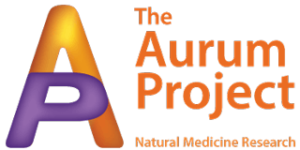Homeopathy for Health in Africa
Thank you to Rebecca Stirrup for writing this blog about her experience in Africa.
Little did I know in 2013, arriving at Moshi - as a first-time volunteer with Homoeopathy for Health in Africa (HHA) - that this continent I’d partially travelled in my youth, would bring me lasting friendships, experiences beyond my imagination, and a passion to help others for the rest of my life.
Located at the foothills of Kilimanjaro in northern Tanzania, Moshi is a thriving market town. In the midst of its teeming chaos of traffic and people, Moshi is a place where my Western senses are overwhelmed by the sounds and smells of Africa.
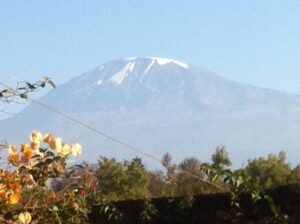
View from the Hahnemann House
The area's altitude makes it slightly cooler than the lowland plains or coastal regions of East Africa, which is perfect for growing coffee, bananas, sugar, and maize.
HHA founders, Jeremy and Camilla Sherr, first came to Moshi fourteen years ago, with a vision to help some of the world’s most vulnerable citizens - especially those afflicted with HIV AIDS. Their dedication, tireless work, and outstanding results, has led to HHA’s formidable reputation in the area.
The HHA team has grown to include locally trained homeopaths and volunteers. HHA presently operates nineteen clinics and provides basic homeopathic healthcare, and training to rural and remote areas. To date it has helped over twenty thousand people.
In Moshi, HHA starts a typical day with picking up staff translators. After a short, and often beautiful drive through local plantations, staff will run an HHA outreach clinic organised by a local community member.
The conditions treated at these clinics range from childhood issues to full-blown AIDS - characterised by weakness, skin problems, and loss of appetite.
People work hard here, especially the women. Each day, 'Banana Women' walk twelve kilometres down the mountain – walking past Hahnemann House - to the Moshi markets carrying unbelievably heavy loads of bananas.
A pair of them must lift the bananas up onto their heads, and their balance is astounding. On their return journey they carry wood, water and other necessities.
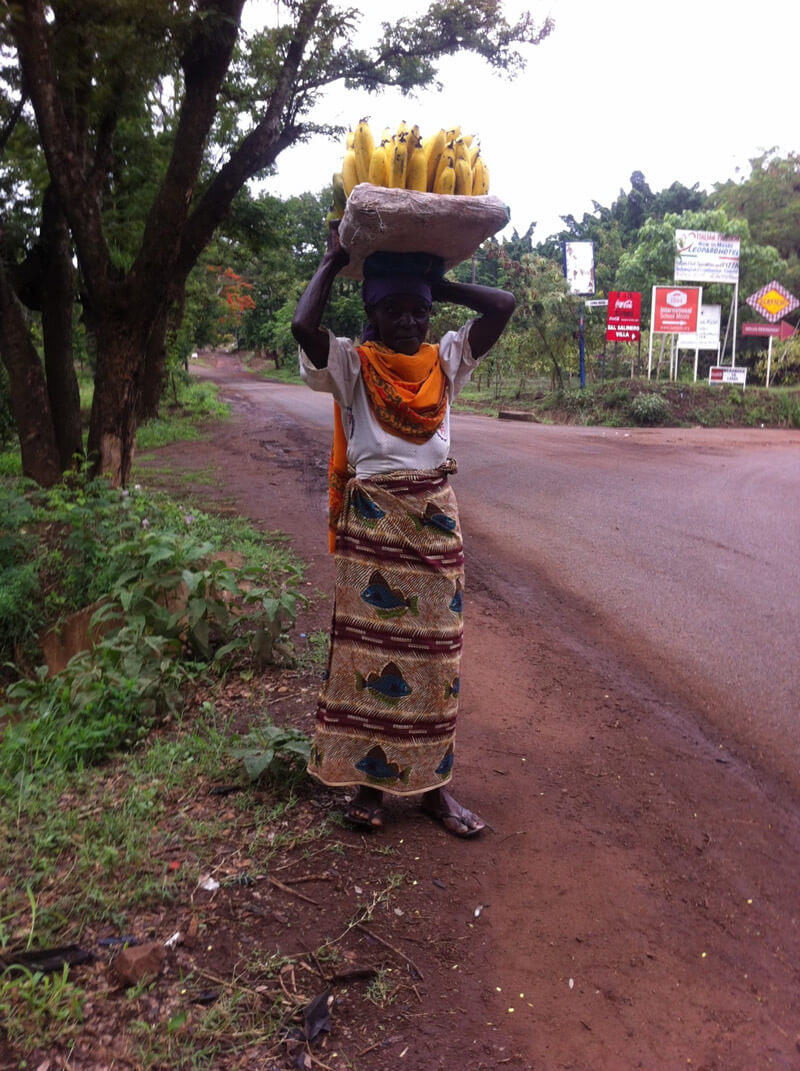
'Banana Women' walk twelve kilometres down the mountain
Although bananas are the heaviest of the loads, they are not the only cargo the women carry. The 'sock' lady in Moshi has hundreds of socks on her head, as does the 'shoe' lady, the 'towel' lady, and women carrying huge baskets of green vegetables.
It’s no surprise these hardworking women suffer from legendary knee, neck, and back problems. The HHA clinics are full of women with joint problems asking for homeopathic treatment. It’s easy to think as the homeopath, ‘not more swollen knees or ankles.’
HHA is well known for its work with HIV positive people. Jeremy and Camilla laid the foundation for HHA homeopaths to prescribe at an epidemic level, which is incredibly interesting.
It’s important we know how to treat epidemics because they are a fact of life.
Several remedies work well with certain types of HIV AIDS symptom pictures. These include remedies such as AIDS Nosode, Salmon and Germanium.
Most AIDS patients are on antiretroviral drugs and suffer side effects - numbness, fungal infections, digestive complaints and poor appetite – in addition to the AIDS symptoms. Those with low CD4 counts also experience extreme weakness and poor sleep. A low CD4 count means that HIV has weakened the immune system.
It is common for HHA patients to struggle to raise a family on their own - or even raise relatives’ children - after having lost a loved one to AIDS. Homeopathy greatly benefits these people.
A woman who can’t work in her fields to provide food for her family, or carry water, is in a precarious position here. However, with the right homeopathic remedy - dawa (Swahili for medicine) - she can resume her life, work again and support her family. It means she has a future, and so does her family.
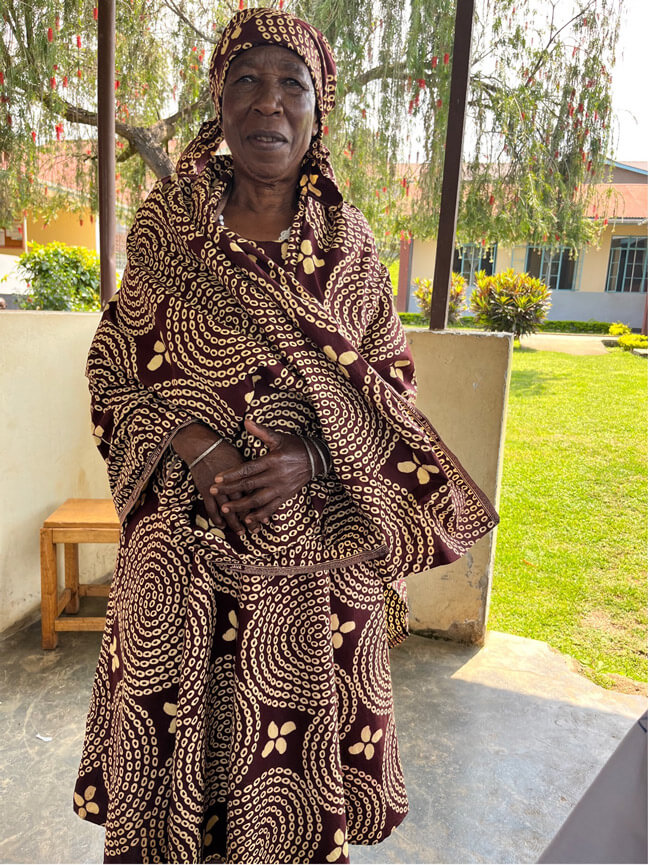
Patient of homeopathy in the volunteer clinic
HHA also provides clinics in Moshi's poorer suburbs. There’s a difference between this experience to that of a remote or rural clinic.
The back streets of Moshi reveal a completely different world once you leave the asphalt roads. There, narrow, bumpy, dusty potholed dirt roads wind through a myriad of housing, some of which is quite substantial. Here gated properties, block houses and tin shacks lined with cardboard all co-exist.

Rebecca Stirrup in Moshi
As an HHA homeopath volunteer you can find yourself taking cases in lots of environments: someone’s front room, on their porch or perched on a tiny wooden stool in a very basic backyard, with chickens and children, who are fascinated to observe the strange ‘musungu’ (foreigner) who has arrived with ‘dawa’ (medicine).
A typical day may include treating many patients in the clinic before attending several home visits. This is necessary as AIDS patients can be too weak to walk.
At a Mweka clinic I treated a man who had previously suffered a stroke and was doing well on remedies, and a young girl with osteomyelitis who had been given many doses of antibiotics over the years.
The girl was in poor health, suffering multiple infections, boils and incredibly painful abscesses on her legs and under her armpits. After a week on Mercurius 30c she improved markedly - no pain at all, no pus and although the leg wound still had a watery discharge, her appetite returned and she felt much better. Afterwards her mother said she was well enough to return to school. We will follow up with a new prescription for her underlying condition.
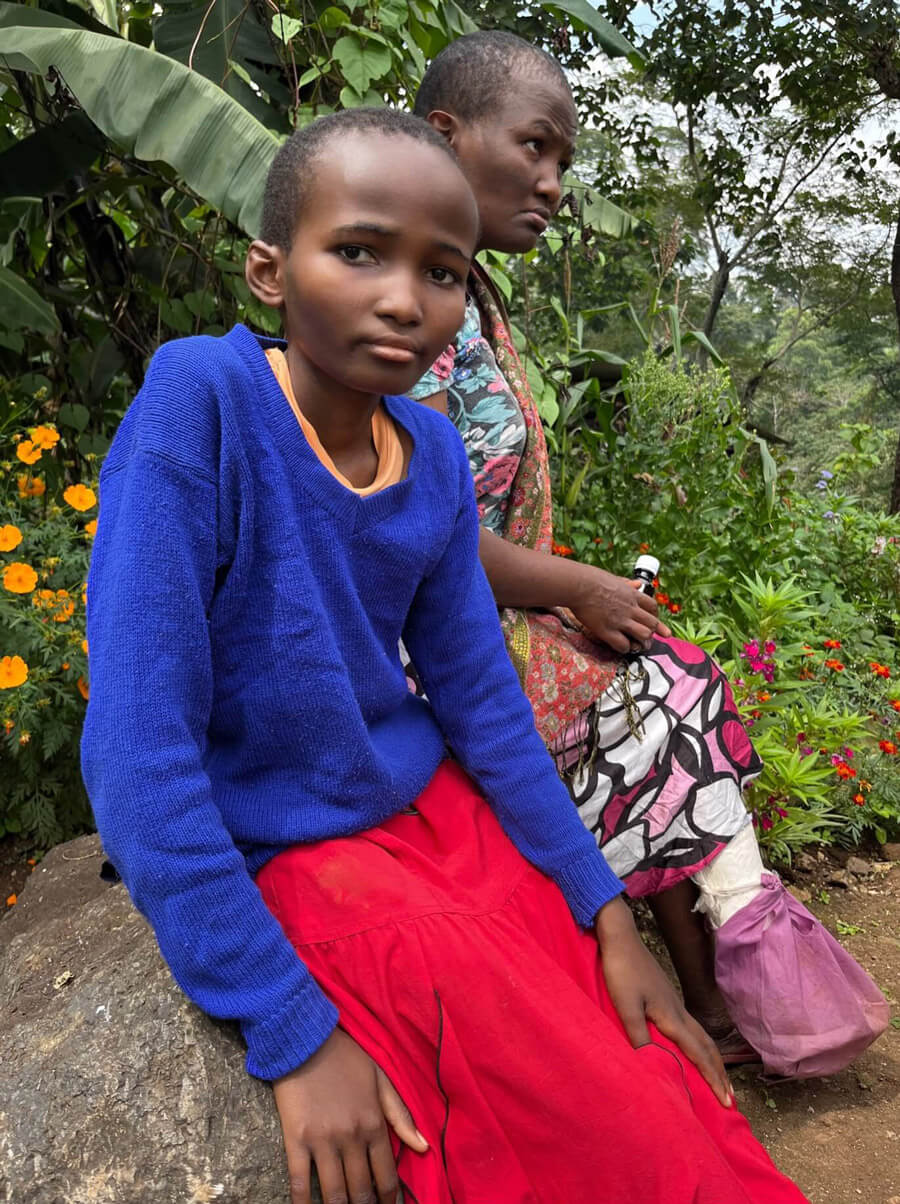
Another woman visited the Moshi clinic that week with a 10-12 cm (diameter) parotid gland tumour with an open, infected wound.
The woman was in constant pain, feverish and very unwell. The local hospital had only been able to prescribe painkillers to the woman for the past two years. Belladonna was prescribed for the acute fever and infection over 24 hours, and we will review her case.
The sustainable education program at HHA has trained three Tanzanian homeopaths who are now experienced prescribers. They use familiar remedies such as Natrum Muriaticum, Mercurius, Phosphorus and Sepia.
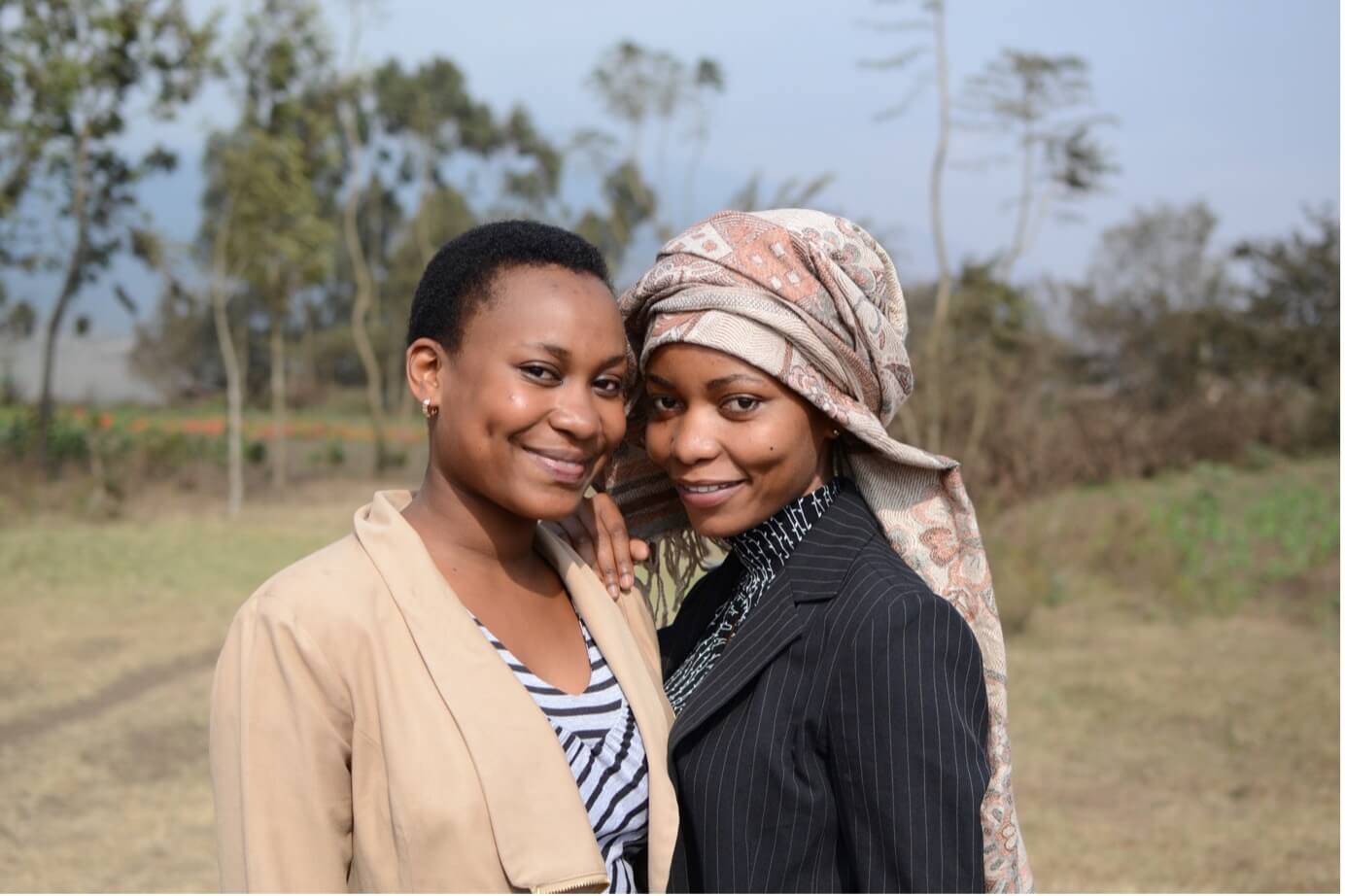
Anitha and Elisia, 2 of our Tanzanian homeopaths
Bryonia, seems to have a particular affinity with coughs in this region, as does Adamas and Diamond. Adamas has proved a great remedy both for active TB and chronic coughs.
Due to the urging of local farmers, Camilla’s now transforming local agriculture by encouraging small farmers to use agrihomeopathy. [Agrihomeopathy as in: agriculture plus homeopathy. You may have previously heard this called agrohomeopathy as in: agronomy plus homeopathy. Agronomy refers to the science and research of plants while agriculture is a wider study including animals.]
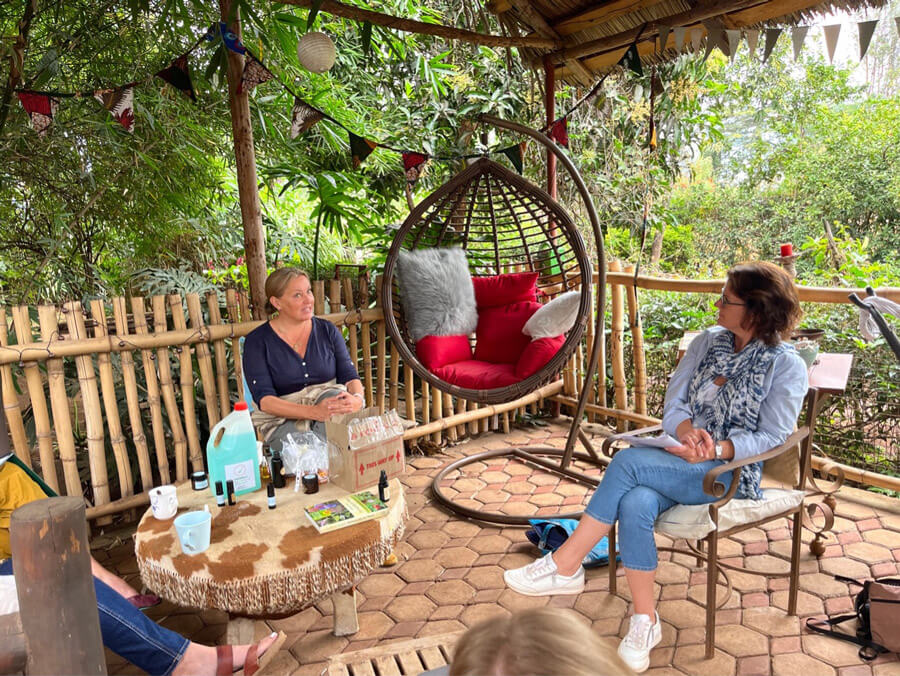
Camilla Sherree from HHA explains about agrihomeopathy
She’s developed a range of agrihomeopathy products with the goal of reducing the use of chemicals on shamba’s (small farms). Organic farming was almost unheard of here and small farmers use many sprays. Tomatoes, for example, are sprayed twice a week during the three-month growing season,
Her ‘Insectaway’ product contains homeopathic remedies for chronic infestations, and reduces insects for the following growing season. She’s also developed products that improve soil health using the most common micronutrients in homeopathic form. Camilla’s success with local crops is astonishing, and she’s highly regarded by farmers in the Kilimanjaro region.
Being a volunteer with HHA has changed my life. The knowledge and experience I’ve gained by working alongside Camilla and Jeremy is a true gift. Being able to sit and discuss difficult cases, as well as epidemic theory, has greatly influenced my own work. You can read more about the volunteer work with HHA in Africa here.
Their mission is to advance homeopathy and spread it as widely, and to as many people, as possible. I’m grateful to have the opportunity to help them on that journey.
If you've ever wondered about the question of what is the true meaning of volunteer then listen to me talk about my experience using homeopathy as a volunteer in Africa by Homeopathy Hangout Podcast. You can listen to it here.
Thank you to Rebecca Stirrup for contributing this inspiring blog to The Aurum Project.
Rebecca Stirrup
Reg. Homœopath, NZCH, BA (Hons)
Fully registered with the New Zealand Council of Homeopaths
President of the NZ Homeopathic Society
Board member of the NZ College of Natural Health and Homeopathy
P.S. If you’re someone who wants to make a difference to the future of homeopathy, and the health of some of the world’s most vulnerable citizens, please support HHA programs by clicking here
